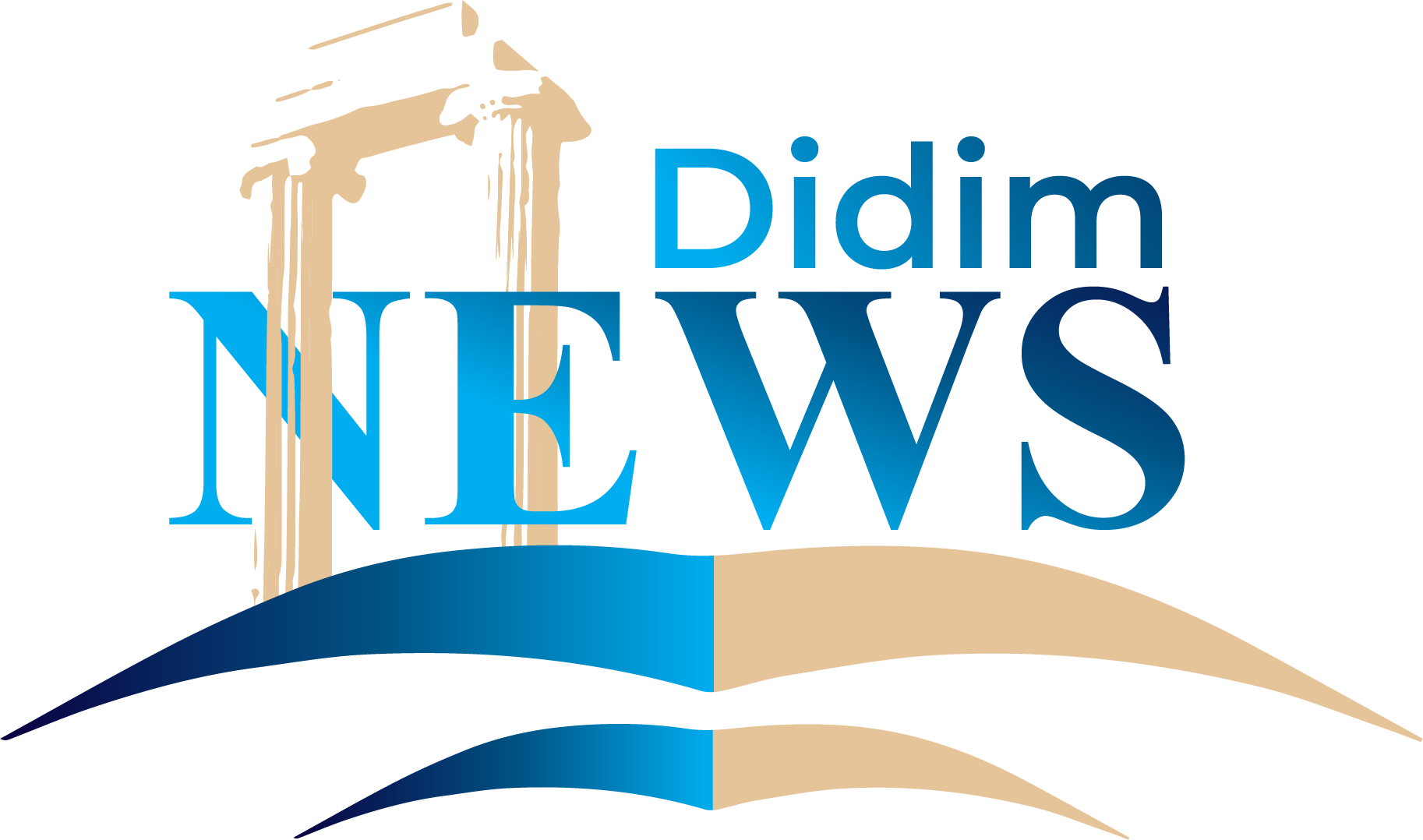The Anoigmoi Festival: Celebrating Life’s Transitions in Ancient Didyma

Following the grand and sacred festivals like the Didymeia and the intimate celebrations of the Kosmoi and Molpoi, Didyma also hosted the Anoigmoi festival, a lesser-known but equally meaningful event. Though it lacks the prominence of its counterparts, the Anoigmoi offers a fascinating glimpse into the community’s dedication to fostering growth and transition in its citizens, particularly the young.
A Festival of Openings: Symbolism and Meaning

The term “Anoigmoi,” which translates to “Openings,” suggests a festival marking significant transitions or new beginnings. However, while some speculate that it may have been related to Apollo’s oracular activities—perhaps celebrating his return from a hypothetical winter absence—there is no solid evidence to confirm this connection. Instead, the Anoigmoi appears to have been more closely associated with the community’s focus on rites of passage, especially for boys and girls.
The festival, noted in several inscriptions, is referred to as both a panêgyris (a large public festival) and a heortê (a more general celebration). This indicates that the Anoigmoi was a structured and important event on the Didymaean calendar, involving both public and private dimensions of life.
Priests of the Temple and Their Responsibilities

A defining element of the Anoigmoi Festival was the active participation of prophets, who played pivotal ceremonial and organizational roles. Ancient inscriptions offer intriguing glimpses into these responsibilities:
• The temple’s priest, for instance, took on a healing role by providing young girls with olive oil and ointments, symbolic tools of renewal. This ritual anointing likely represented more than just physical healing; it marked the symbolic passage from childhood into youth, ushering in a transformative phase of life.
• Another priest organized elaborate four-day feasts for boys, described as being held “under the standard” (sêmaia). These communal meals likely symbolized an important rite of passage for the boys, an initiation into adulthood, with the feasts underscoring the cultural value of nourishing both body and spirit as the next generation assumed its role in society.
• In a final symbolic gesture, a third priest led a ceremonial dianomê (distribution), where he bestowed gifts or meaningful objects upon the boys. This act of giving not only reinforced their transition to a new stage in life but also reminded the community of the weight of tradition and the importance of perpetuating the values embodied in the festival.
Athletic Contests and Youthful Participation

In addition to the religious and ceremonial activities, the Anoigmoi festival featured athletic contests, known as gymnikos agôn, a common element in many ancient Greek festivals. These contests likely mirrored the competitive and educational spirit of the times, helping to prepare boys for their future roles in the community.
Interestingly, a hydrophor (a water-bearer linked to the worship of Artemis Pythie) played a crucial role in managing these contests, acting as the agonothet (festival organiser). This combination of religious and athletic oversight suggests that the Anoigmoi may have served as a holistic celebration, blending physical prowess with spiritual growth.
There is also the possibility that these athletic contests were not limited to boys, as some inscriptions hint at the participation of girls as well. This would have aligned with the festival’s broader focus on transitions and rites of passage for youth, regardless of gender.
A Rite of Passage: Marking the Transition to Adulthood

At its heart, the Anoigmoi festival seems to have been deeply connected to the concept of transition, particularly from childhood to youth, and perhaps from youth to adulthood.
The Anoigmoi festival stands out as a celebration of life’s pivotal moments in Didyma, focusing on the transitions of its young citizens and the nurturing of community bonds. Through rituals, athletic contests, and communal gatherings, the festival encapsulated the passage from one phase of life to the next. While its origins and exact purposes may remain somewhat elusive, the Anoigmoi remains a testament to the deep care Didyma took in fostering its future generations and maintaining its sacred traditions.
Acknowledgment
WE ARE deeply indebted to the seminal work of Joseph Fontenrose, particularly his monograph Didyma: Apollo’s Oracle, Cult, and Companions (1988), which has been an invaluable resource for understanding the festivals, rituals, and traditions of ancient Didyma. His meticulous research and profound insights into this subject matter have greatly influenced the content of this post. Fontenrose’s contribution to the study of Didyma remains unparalleled, and this blog seeks to continue the conversation he began.
















